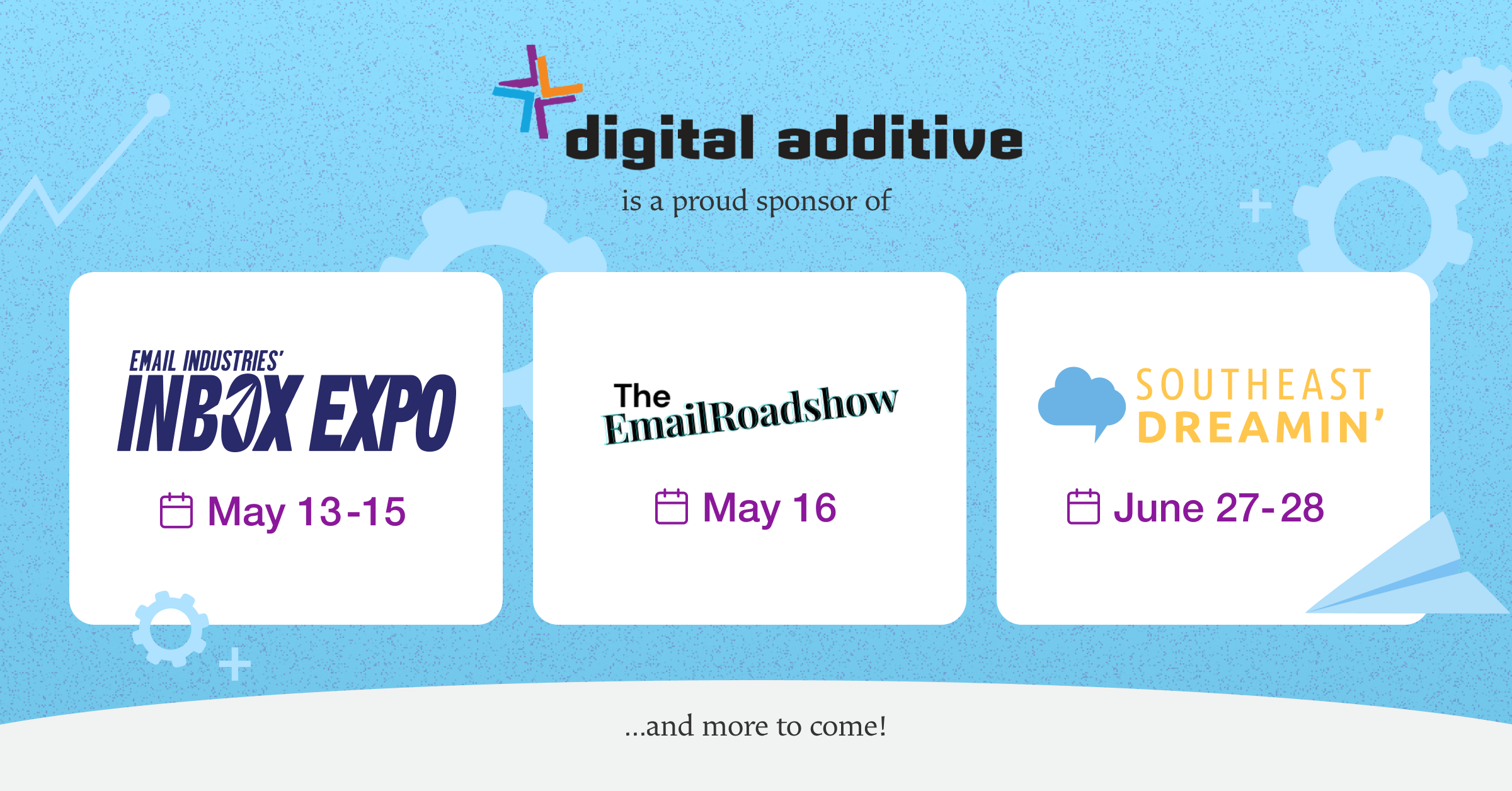At Digital Additive, we’re pleased to periodically feature a guest post from one of our respected partners to glean their expertise. This month, the team at SalesWings has shared fantastic insights on Lead Scoring with us. Ready to learn more? Read on!
Lead scoring and personalization go hand in hand, but if you’ve used Marketing Cloud Journeys for a while, you’re aware that Salesforce Marketing Cloud lacks any robust lead scoring capabilities that would make personalization and lead management processes more agile and seamless.
While personalization isn’t some entirely new concept, in today’s digital and customer-centric culture, what was once a B2C concept has become a requirement for every company model. It’s no surprise that personalization and lead scoring is in such high demand, given the impact it can have on any organization.
In this article, we’ll go over the types of lead scoring systems and how they can greatly enhance your personalization efforts.
The Four Aspects of Lead Scoring
There are four aspects of lead scoring: activity-based scoring, point-based scoring, predictive scoring, and profile/fit scoring. Each aspect has its own uses and benefits, but only when used in conjunction with one another is when you start to see the full potential of lead scoring.
Activity-Based Lead Scoring
Leads that are interested in your business are interacting with your brand across the internet over the course of their entire buying cycle. They visit your website, ask questions on your chat, click on your ads, download your whitepapers, and read your emails.
Each lead’s interactions with your brand are unique, but we can learn their patterns to deeply understand the relevance of each engagement to qualify leads. Activity-based lead scoring identifies when a lead is approaching a purchase decision. For example, a website visit to a pricing page is a strong buying signal that increases a lead’s activity score, but a visit to a company’s career section will lower the score.
Point-Based Lead Scoring
A point-based lead scoring system is the traditional method of lead scoring. With a point-based system, sales and marketing managers create their own rules and conditions for actions that increase or decrease lead scores. A point-based lead scoring system is simple to use and produces immediate results. For example, if a lead were to show interest in leasing a vehicle, their financing score may be reduced.
Predictive Lead Scoring
A predictive lead scoring system predicts a lead’s likelihood to buy. This system is built using an automated or human-trained algorithm. To calculate a score, predictive lead scoring considers a variety of factors such as market signals, CRM data, lead activity, and more. Predictive lead scoring considers a lead’s previous online interactions with your business, and their relationship to opportunity win rates, and then calculates their predictive score.
Profile or Fit Scoring
Your sales reps and marketers know which personas are the best fit for your business. Lead scoring based on profiles enables automated workflows to route and manage leads quickly. Businesses can send highly tailored and timely material to the relevant personas using profile lead scoring.
See Through the Eyes of Your Customer
Although Marketing Cloud Journeys are an effective lead nurturing tool, the Salesforce marketing platform is ineffective without a picture of your customers’ digital behavior. To fully understand your prospects and their interests, you need to collect their digital behavior.
Have your customers visited web pages about Service A or B? Have they clicked on your pricing page or started to complete a form? Have they come back to your website recently or not shown any interest for months? Have they engaged with a specific ad campaign or video?
With SalesWings, you can answer these questions by tracking and collecting first-party behavioral data. With this data, you can seamlessly create segments & scores and deliver all of this natively into Salesforce Marketing Cloud Data Extension, decision splits, or dynamic content to enhance your Marketing Cloud Journeys. By gaining rich customer insights, you truly feel as if you can see through the eyes of your customers and can easily deliver the right personalization and the right time.
Lead Scoring in Salesforce Marketing Cloud
As mentioned earlier, Salesforce Marketing Cloud lacks any robust lead scoring capabilities. Building a custom is always an option, but it is a very costly and resource-consuming option. SalesWings on the other hand is a plug-and-play solution that you can easily find on the AppExchange.
SalesWings is an agile, no-code, and quick-to-implement lead scoring solution for Salesforce Marketing Cloud. It offers plug-and-play 360° customer journey tracking including real-time website, campaign, and content tracking, as well as highly flexible custom event tracking. With their rule builder system and Google Tag Manager integration, marketing managers can design scores in minutes.
With robust lead scoring, you can be sure your Salesforce Marketing Cloud omnichannel campaigns are delivering timely and relevant communication based on needs, interests, buying stage, and more. Deploy lead scoring for Salesforce Marketing Cloud and take the guessing work out of your Marketing Cloud Journey and your lead qualification process.




